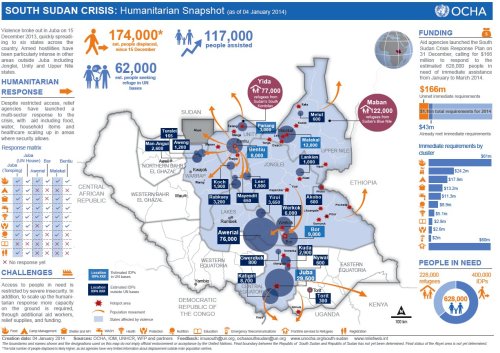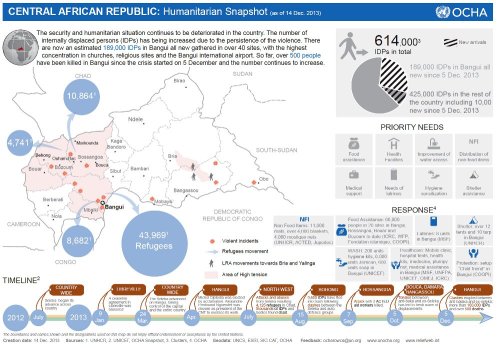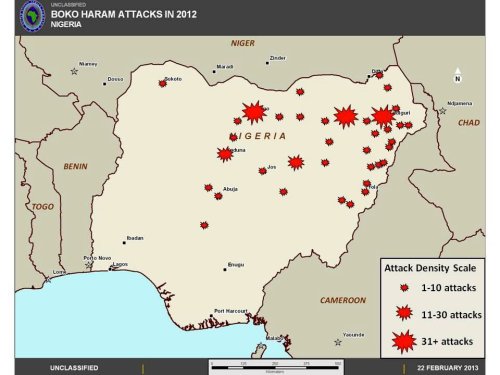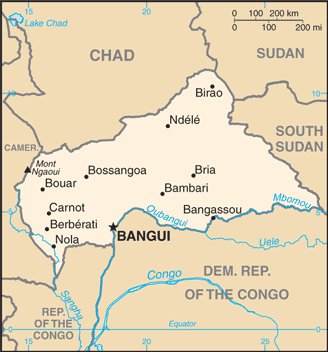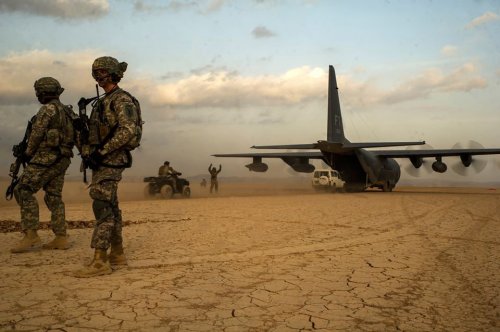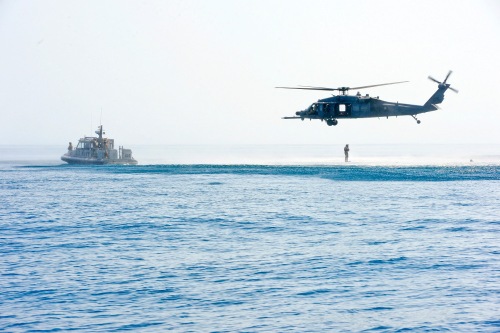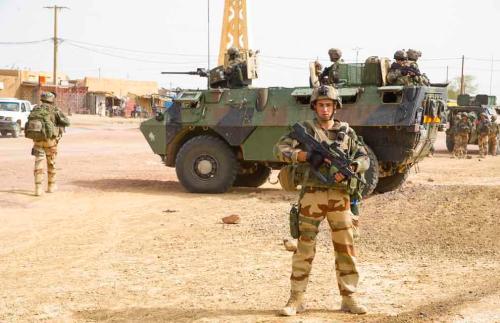On January 8th, Marines from 3rd Battalion, 8th Marine Regiment arrived in Italy to assume their role as the latest rotation of Special Purpose Marine Air-Ground Task Force – Africa (SPMAGTF-Africa). SPMAGTF-Africa is a security cooperation element assigned to US Marine Corps Forces, Africa (MARFORAF). It works with US partners in Africa and regional organizations to help develop security force capabilities and otherwise help those entities counter various threats on the continent. Developing professional security forces is also seen by the US military as a means to promoting good governance and national development.
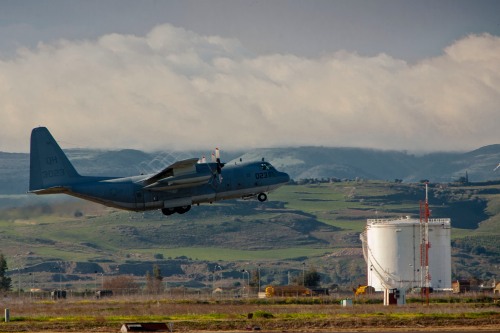
A KC-130T Hercules carrying Marines and sailors with Special-Purpose Marine Air-Ground Task Force Africa 13 takes off from NAS Sigonella on route to a security cooperation engagement in Burundi on February 16, 2013.
SPMAGTF-Africa was originally established in the summer of 2011 from numerous Marine Corps Forces Reserve units, and eventually came to consist of almost two hundred personnel. Forward deployed to Naval Air Station Sigonella in Italy, where the unit remains stationed today, the task force had the ability to self-deploy with two assigned KC-130T aircraft. These aircraft also gave the task force a limited crisis response capability.
Initially known as SPMAGTF-12, because the planned first deployment would come in 2012, the unit subsequently deployed Theater Security Cooperation Teams to numerous Africa nations that year to help assist in the development of those countries’ security forces. In total, two groups of reserve Marines rotated through the unit in 2012. This was followed by two more in 2013. In 2013, members of SPMAGTF-Africa were called upon to support the airlift of Burundian Army personnel to Central African Republic in support of the African-led International Support Mission in the Central African Republic (MISCA) there. The Marines were already in Burundi helping to train military logistics elements in that country before being called upon to help with Operation Echo Casemate.
This new SPMAGTF-Africa rotation for the task force is notable in that it is the first to involve active component Marines. All previous rotations had been made up of reserve component Marines. As the US draws down in Afghanistan, Marine Corps units are more free for assignment to rotational task forces like SPMAGTF-Africa, SPMAGTF-Crisis Response, and the rotational element now deployed to Australia. SPMAGTF-Africa provided the model for these new task forces and will continue to play an important part in ongoing US military engagement with partners in Africa.
